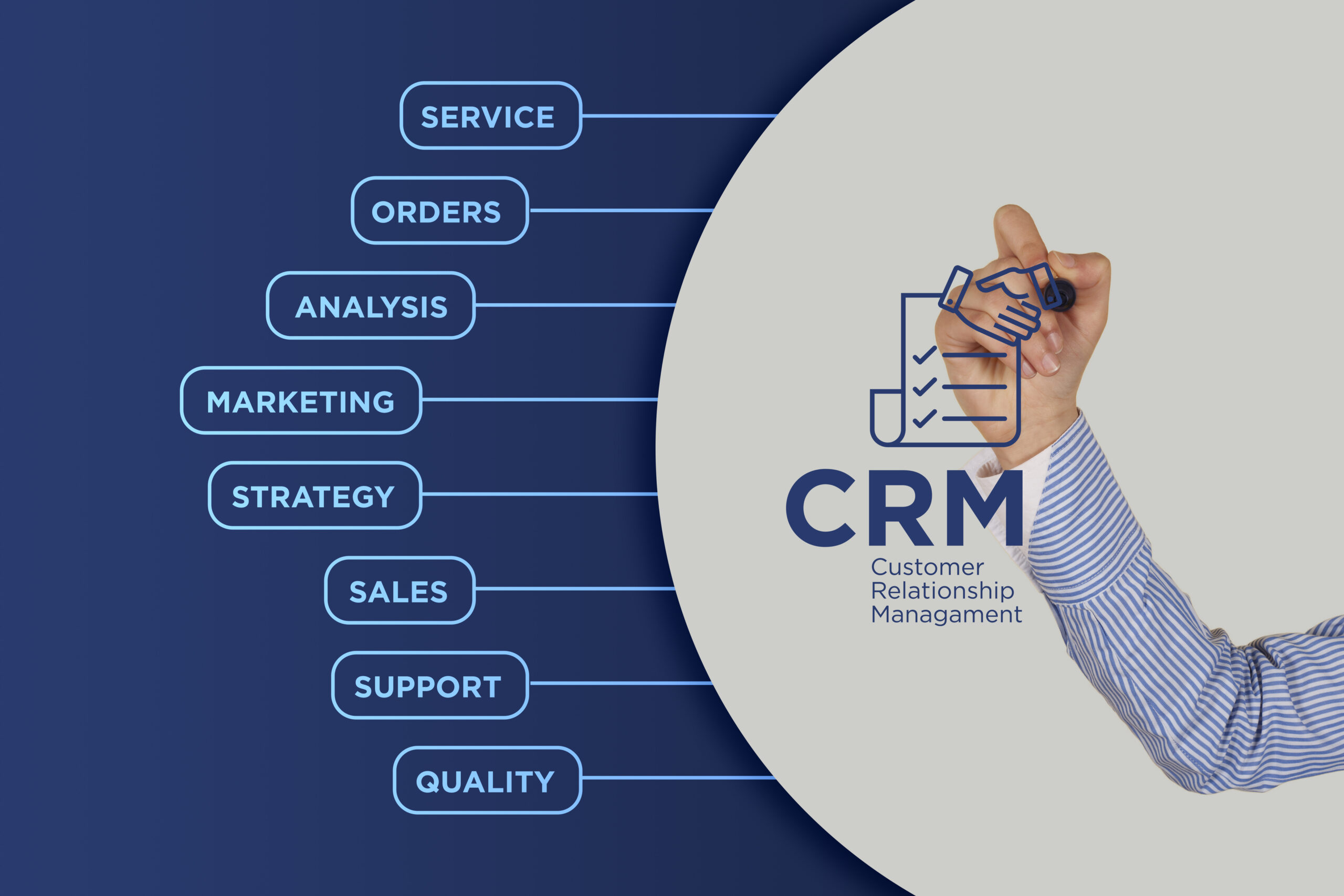It comes in a lot of different ways. I think early on it started off just trying to catch some of the issues that customers are having on the support side, when they make calls, knowing who a customer is. I know personally, I love it when I'm calling a support line and they pick up the phone and they say, "Hi, Mr. Peebles. What can we help you with?" And they know everything. And I've got this problem, and they're right on it. And they get it fixed and resolved. Or I call and they've got a record of some of the issues. So I think it started there. Then people started realizing that, "Hey, we can use this for a lot of other things." So pulling in additional information around that customer. And I think the thought is the more we know about them, the more we know about what they're doing, the better off we are.
Recently, worked on a big digital marketing site for a large insurance company. And they really wanted to make sure that they understood the customer to the point of, do they have additional homes or houses, or how old are their kids, or what colleges or universities do they attend? What kind of cars do they think about they want to get their kids? Or other types of activities.
Where do they go on vacations? What kind of handbags do they buy? What's their shopping experience? What do they prefer? All this information, all to help them deliver better products to the customer. And they would use that to say, "Okay, if this customer is interested in high-end handbags and drives $80,000 cars, then they're used to a certain type of experience. So we need to slot them into this product category. On the other hand, maybe they are a bit more frugal and they drive $20,000 cars and they want more pragmatic experience without all the fluff. So let's slot them over to this category."
And, while both experiences are great, if you swapped and put those customers into each other's experience, you would have an unhappy customer. And not that one is bad. It's just, people have preferences. And the more we can align our products and our services with those preferences that people have, the better customers are going to start to engage with our product. The more they're going to recommend our product. And, as you know, that net promoter score (NPS) is becoming bigger and bigger where companies are looking at how well people love their product and are going to tell all their other friends about it. Apple's probably one of the companies that consistently has a high score where their customers are just overly-engaged. And personally, I'm not an Apple fan or an Apple person, but-



